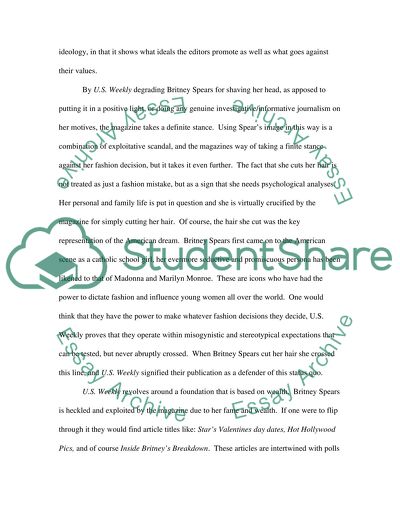Cite this document
(The Source vs U.S. Weekly Case Study Example | Topics and Well Written Essays - 2750 words, n.d.)
The Source vs U.S. Weekly Case Study Example | Topics and Well Written Essays - 2750 words. Retrieved from https://studentshare.org/media/1539654-ideological-analysis-of-two-different-magazines
The Source vs U.S. Weekly Case Study Example | Topics and Well Written Essays - 2750 words. Retrieved from https://studentshare.org/media/1539654-ideological-analysis-of-two-different-magazines
(The Source Vs U.S. Weekly Case Study Example | Topics and Well Written Essays - 2750 Words)
The Source Vs U.S. Weekly Case Study Example | Topics and Well Written Essays - 2750 Words. https://studentshare.org/media/1539654-ideological-analysis-of-two-different-magazines.
The Source Vs U.S. Weekly Case Study Example | Topics and Well Written Essays - 2750 Words. https://studentshare.org/media/1539654-ideological-analysis-of-two-different-magazines.
“The Source Vs U.S. Weekly Case Study Example | Topics and Well Written Essays - 2750 Words”. https://studentshare.org/media/1539654-ideological-analysis-of-two-different-magazines.


